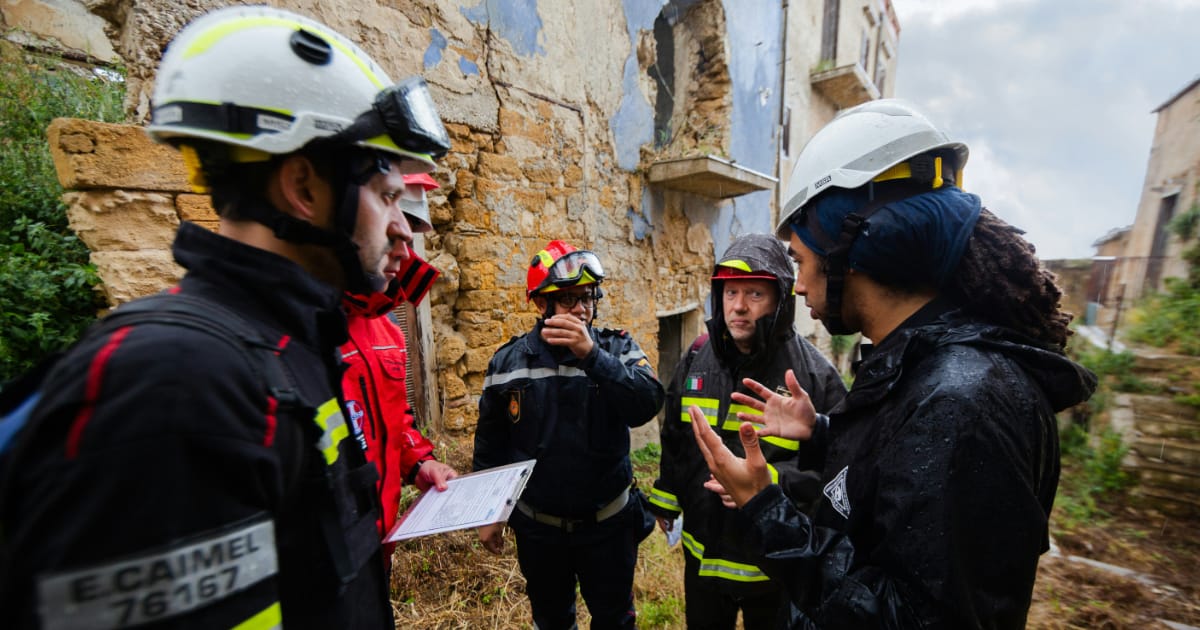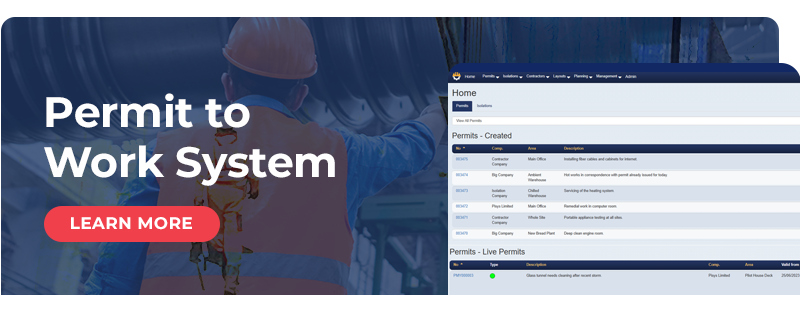Implementation of a permit to work system can be a major change for an organisation. Management of change is a critical element in the successful introduction of any new system and the suggestions here may be applied to many other situations beyond PTW. The 'spoiler' of course is that communication is the most important part of any big change.
The Importance of Buy-In For Permit To Work Systems
Buy-in is essential for the successful adoption of a permit to work system because it ensures that all stakeholders are committed to the system's goals and are willing to integrate it into their daily operations. Without buy-in, even the most well-designed PTW system can fail, as employees may resist using it, managers may not enforce it consistently, and overall safety objectives may not be met. This is not unique to PTW systems - lack of stakeholder engagement is likely to kill any implementation.
How Do We Achieve Buy-In?
Clear Communication of Benefits: Communication is the key here - The first step in securing buy-in is to clearly communicate the benefits of the permit to work system. This includes explaining how the system will enhance safety, prevent accidents, and ensure compliance with regulations. When employees understand that the system is designed to protect them and create a safer working environment, they are more likely to support its implementation.
Additionally, highlighting the potential cost savings associated with preventing accidents can be a persuasive argument for senior management. Reduced injury rates, lower insurance premiums, and fewer regulatory fines are tangible benefits that can motivate leadership to back the system. It's important to note that other staff may not be so interested in cost savings - so you need to consider the perspective of the individuals you are trying to get on board.
Involving Stakeholders Early: Involving key stakeholders early in the planning and implementation process is crucial for gaining their support. This includes not only management but also frontline workers, safety officers, and potentially even union representatives. By engaging these groups from the outset, organisations can gather valuable input, address concerns, and ensure that the system is designed to meet the specific needs of the workforce.
Early involvement also helps to build a sense of ownership among stakeholders. When employees feel that they have contributed to the development of the permit to work system, they are more likely to embrace it and encourage their colleagues to do the same.
Demonstrating Leadership Support: Visible and active support from senior leadership is critical for driving the adoption of a PTW system. Leaders should communicate the importance of the system through formal channels, such as company-wide meetings, emails, and newsletters, as well as through informal chats.
Employees will be far more comfortable adopting a new system if they see that leadership is behind it. Leadership can also demonstrate their support by getting involved in training sessions, using the system themselves, and regularly checking in on the system’s progress. This shows that the PTW system is not just a temporary initiative but a long-term commitment to safety.

Training Programs: Training is essential for ensuring that all employees understand how to use the PTW system effectively. Comprehensive training programs should cover the purpose of the system, the procedures for obtaining permits, and the roles and responsibilities of each employee within the system.
Hands-on training, where employees can practice using the system in a controlled environment, can be particularly effective. Training should also be ongoing, with regular refresher courses and updates as the system evolves. This helps to reinforce the importance of the PTW system and ensures that employees remain confident to use it - there may also be updates to the system which will require staff to learn new features.
Concerns and Resistance: It is natural to fear change - some employees may resist the implementation of a new system, particularly if they perceive it as adding to their workload or as unnecessary bureaucracy. To address these concerns, it is important to listen to feedback and understand the root causes of resistance.
One common concern is that the PTW system will slow down work and reduce productivity. To counter this, organisations should emphasise that while the system may require additional steps, it ultimately prevents delays caused by accidents and non-compliance with safety regulations. By preventing incidents that could halt operations, the PTW system will improve safety AND can actually enhance productivity in the long run. Another potential objection is the fear of punitive consequences if the system is not followed correctly. Employees may worry that honest mistakes could lead to disciplinary action. To alleviate these fears, organisations should focus on creating a culture of learning rather than punishment. Emphasising that the PTW system is designed to support safety, not to penalise, can help to reduce anxiety and encourage adherence to the system.
Customising the System to Fit the Organisational Culture: A one-size-fits-all approach rarely works when implementing a PTW system. It is important to customise the system to align with the organisation’s existing culture and operational practices. This might involve adapting the language used in the system, integrating it with other safety protocols already in place, or adjusting the procedures to fit the specific workflows of different departments.
A good system will allow customisation without changes to the underlying code requiring development. Customisation helps to ensure that the PTW system is seen as relevant and practical, rather than as an imposition from outside. When the system is tailored to fit the way employees already work, they are more likely to see its value and adopt it willingly.
Monitor the effectiveness of the PTW system and evaluate its success. This can take many forms - for example, it may be possible to show an improvement in productivity, a reduction in incidents or a qualitative increase in staff satisfaction - whatever measure you use make sure that you have the processes in place well in advance of implementation.
